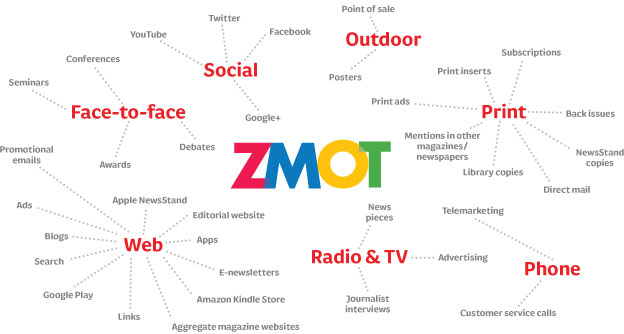
In my view all marketing is authentic marketing, or at least should be. If your brand’s marketing is not authentic, than what’s left? It’s just plain one time shady selling.
Why real stories?
Not because it’s a consumer trend, or it sells out stock, but just because otherwise you’re just making stuff up. And in the end it will backfire, because people stop believing you, and therefore stop buying your products. Imagine your friend making up a cool story about him kitesurfing. Once you find out it’s not true, how does that make you feel about that person?
Real Storytelling
The reason I got into marketing communication trade is because I wanted to learn how to best tell a brand story, not to make one make up. Call me naïve, but I truly think most brands have a real story, worth telling and spreading through communication, interaction and media. Maybe less consumers will listen to it the first time around, but the word will spread. If the story isn’t true, you can be sure the crowd will get smaller and smaller as time goes by.
Better, Easier, More Fun
I have come to the conclusion it actually makes your work better, easier and more fun when you focus on the real stuff. Better, because it’s true and stuff that’s true, usually lasts longer and comes across more solid for consumers; easier because there’ll not be any tangled webs you’ll weave, plus a real story makes consumer interaction a lot easier; more fun, because it’s more gratifying to tell a true story than something that was made up.
And yes it’s our job to pick out the real things that resonate best with the specific target audience; I do not have a problem with that. When you’re at a party, you usually try to tell stories, people actually like, right? (but you don’t just make stuff up!).
So, find out the real story behind your brands and let’s start spreading the truth. I am sure more people you think can handle it.





